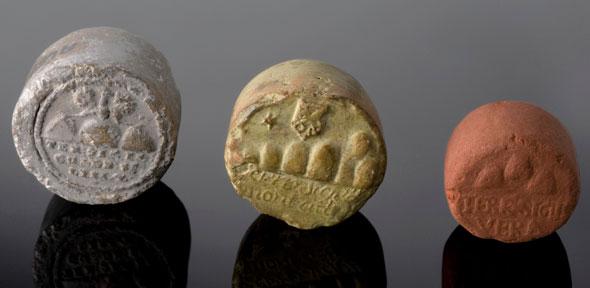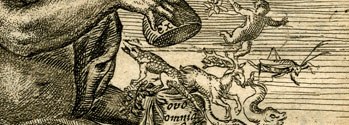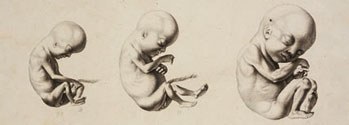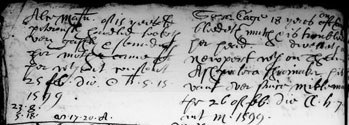
 Thursday 1 March 2018
Thursday 1 March 2018
3.30pm in Seminar Room 2, Department of History and Philosophy of Science
Professor Alisha Rankin (Tufts University)
Poison trials, panaceas and proof: debates about testing and testimony in early modern European medicine
At the courts of sixteenth-century Europe, a number of princely physicians and surgeons tested promising poison antidotes on condemned criminals. These tests were contrived trials, in which a convict took a deadly poison followed by the antidote. The medics sometimes shared detailed descriptions of their poison trials in printed publications or private correspondence, much as they shared case histories of ill patients. Yet these very same physicians disputed the value of remarkably similar tests on animals conducted by charlatans and empirics in marketplace shows. Sometimes, however, these worlds overlapped directly. In 1583, an empiric named Andreas Berthold published a work in Latin praising the virtues of a marvellous new drug, a clay called 'Silesian terra sigillata'. Berthold presented the drug as a perfect Paracelsian remedy for poison and, like most antidotes, useful against many other illnesses as well. While such lofty claims might easily have been disregarded, Berthold noted that his readers did not have to 'trust me on my bare words'. He concluded his book with three testimonial letters from powerful figures – two German princes and one town mayor – about trials they had conducted on the drug in 1580 and 1581. In all three cases, physicians had given poison to test subjects (two used dogs, one a condemned criminal), followed by the antidote. In every case, the subjects who were given the Silesian terra sigillata survived the poison. These testimonial letters provided official legitimacy to an alchemical empiric, in the form of tests conducted by physicians. Meanwhile, other alchemists began to use a different form of testimony to demonstrate the marvellous effects of their antidote cure-alls: testimonial letters from patients describing their miraculous recoveries, which physicians derided as a perversion of the case history. Some of these alchemists likewise ridiculed the poison trial as a lowly and irrelevant form of proof. This talk examines the overlap between the genres of poison antidote and panacea and the debates these drugs engendered in attempts to 'prove' their efficacy.
There will be tea before the lecture, at 3pm in Seminar Room 1, and a drinks reception afterwards, at 5pm in Seminar Room 1.
Workshop led by Alisha Rankin
Testing the Kunstkammer: bezoar, power and fraud in the sixteenth-century global drug trade
Thursday 1 March 2018
11.30am in Seminar Room 1 – all welcome
In 1563, the imperial surgeon Claudius Richardus wrote a glowing account of the virtues of bezoar stone, prized for its properties as an antidote and a cure-all. After giving a long description of the drug's appearance and virtues, Richardus recounted a series of tests of the drug he had personally conducted at the behest of the Holy Roman Emperor Ferdinand I: two in which patients under his care received bezoar in the midst of a serious illness and two in which he tested the bezoar in deliberate trials using poison on condemned criminals. All four men experienced miraculous recoveries. His testimony appeared to demonstrate the incontrovertible efficacy of bezoar. Yet bezoar stone was not just a drug. It was also an exotic, highly valued item in the princely Kunstkammer, or chamber of curiosities – often embedded in gold filigree to brighten up its dull brown exterior or set into drinking cups studded with gemstones or other rarities. It commanded a regal price in the marketplaces in Goa and Cochin, and fraud was a constant concern. The prince who could demonstrate he possessed a bezoar that worked had a powerful weapon indeed. In his 1589 treatise on bezoar and other exotic antidotes, German physician Johann Wittich proclaimed a grave need for 'powerful and artful substances that have been proven adequately in a trial'. This paper examines the role of testing exotic poison antidotes in the context of the expanding global drug trade in the sixteenth century.



